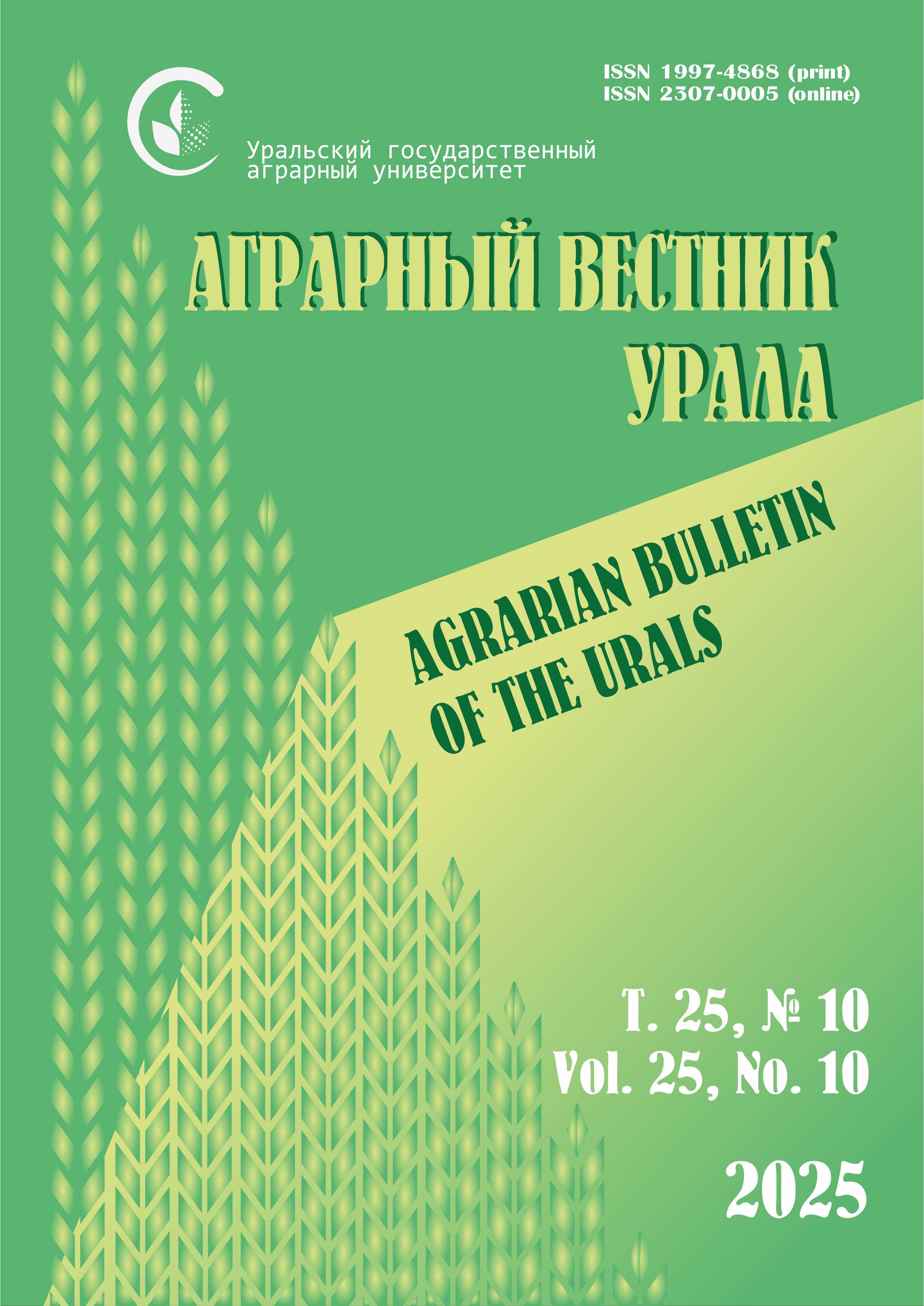Authors: N. G. BOBKOVA, veterinary,
S. A. VEREMEEVA, candidate of veterinary sciences, associate professor, State Agrarian University of Northern Trans-Urals (7 Respubliki Str., 625003, Tyumen; phone: 8 922 262-30-67; e-mail: This email address is being protected from spambots. You need JavaScript enabled to view it.)
Keywords: reindeer, kidneys, morphology, anatomy, histology, morphometry, cadmium, lead.
Abstract. We study morphohistological kidney deer of the Tyumen North. Peculiarities morphohistological structure of the kidneys of reindeer in the North of Tyumen. It was found that the organs have selectivity in the accumulation of cadmium: kidneys →lungs → liver. The content of cadmium in the lungs exceeds the MCL in 2.2 times. The increased concentration of cadmium in the lungs indicates the importance of the inhalation method of this metal in the body. As a result of long-term chronic poisoning, the kidneys collect the main part of the total cadmium content in the body, and the renal cortex becomes the main target for this toxicant. According to the degree of accumulation of lead in the organs established the following pattern: lungs → kidneys →liver. Established kidney reindeer – pair parenchymatous organ reddish-brown. Left and right kidney bean-shaped. The mass of the kidneys ranges from 170 to 200 g. the Length of the left kidneys from 11 to 12 cm, width 4 to 6 cm of the right kidney varies from 10 to 11 cm, width from 3.5 to 4.5 cm, the Average concave part of the medial region contains a gate through which enter the renal artery and nerves, and come out of the vein and the ureter. The kidneys of a deer refers to the smooth odnolistovoe type. The histological structure and boundaries of the renal corpuscles are preserved. Capsule and vascular tangles are clearly visible. Epithelial cells are tightly attached to the basal membrane. Proximal and distal convoluted tubules without visible changes. Morphological and histological structure of deer kidneys corresponds to a healthy organ.












